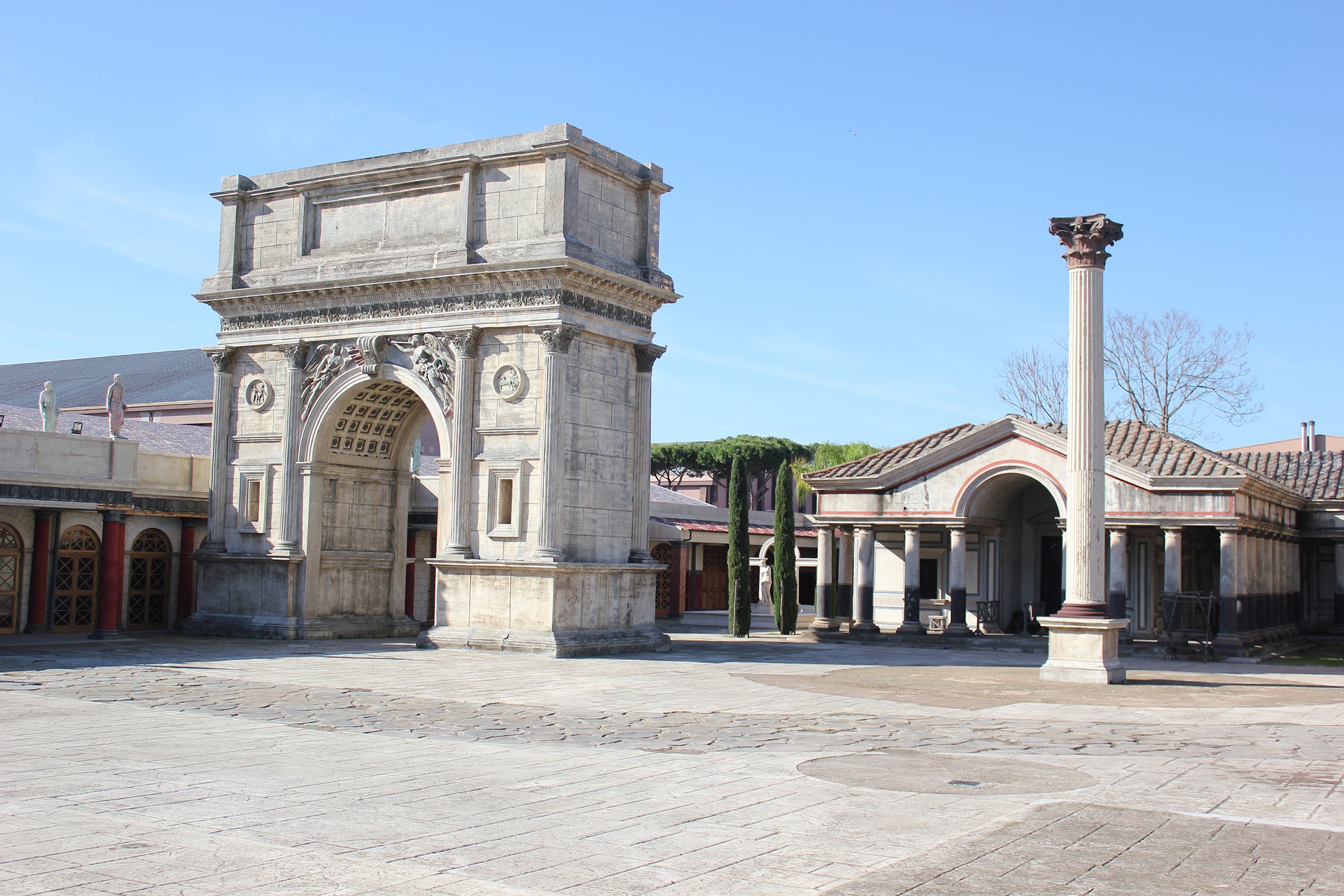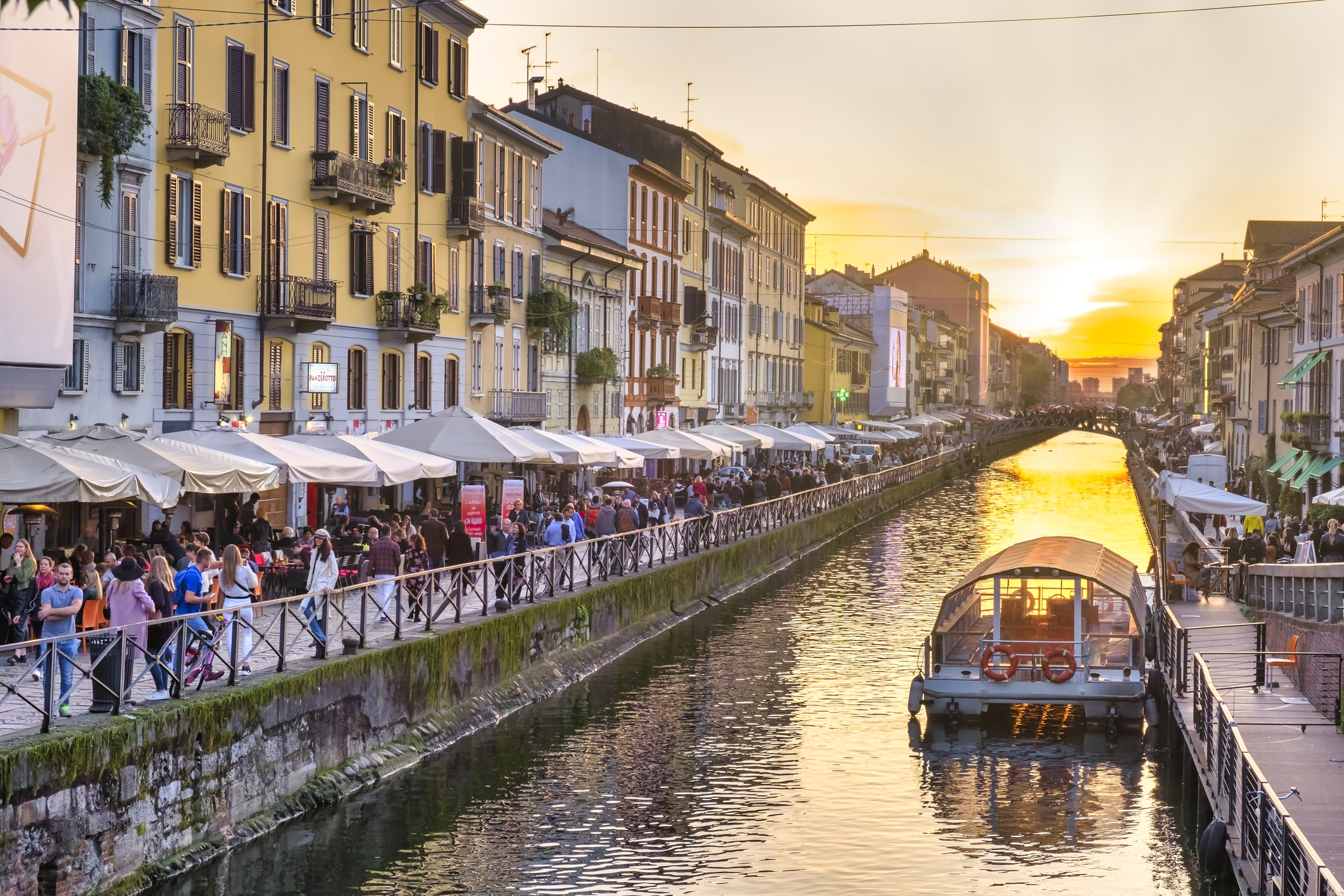Many people around the world today want to learn Italian. Some because they have Italian origins, maybe their grand parents were Italian; others because they like to travel and be able to speak while they visit Italy. Italian is one of the most studied languages in the world. Like all languages it is also an idiom in constant evolution.
But what are the origins of the Italian language?
Italian descends from Latin and among the Romance languages, meaning all the languages deriving from Latin, Italian is the closest to Latin in terms of vocabulary.
For centuries in the Italian Peninsula everyone spoke Latin. But then something started to change and a so-called “Vulgar Latin” began to appear. It was called “vulgar” because this was the language spoken by the “volgo”, the poor and uneducated population. Latin was the language used in official documents and ceremonies, like the Catholic Mass or legal papers, but in everyday life people gradually started using the vulgar which slowly changed into “vernacular”.
The earliest surviving texts that can definitely be called Italian (or as we said, vernacular) are legal formulae known as the Placiti Cassinesi from the Province of Benevento that date 960-963.
The Italian language adopted by the state after the unification of Italy in 1861 is based on Tuscan, which previously was the language spoken mostly by upper class Florentine society. In fact, the poet and writer Dante Alighieri is still credited with standardizing the Italian language by writing most of his work in Florentine. Dante’s epic poems, known collectively as the Divina Commedia, were read throughout Italy and his written dialect became the “canonical standard” that all educated Italians could understand. This is how the dialect of Florence became the basis for what would become the official language of Italy.
Dante was aware of the continuous evolution of the language, and deliberately decided to write a poetic work embracing the language that common people were speaking. He knew that this was the future, and he wanted a large part of the population to be able to read his work.
Although Dante’s approach was criticized from many quarters, for example by the purists who found Divine Comedy undignified because it used elements from non-lyric registers of the language, many poets followed Dante’s example which in turn contributed to the diffusion of Italian.
Well before unification, Italian usurped Latin as the official language of the various Italian states, even when these were ruled by foreign powers (such as the Spanish in the Kingdom of Naples, or the Austrians in the Kingdom of Lombardy-Venetia), and despite the use of primarily vernacular languages and dialects by the mass of their populations.
Each Italian city has always had its distinctive dialect, because until recently the cities were city-states. As Tuscan-derived Italian came to be used throughout Italy, those dialects have retained considerable variety, integrating features of local speech and producing different versions of Regional Italian.
After unification in 1861, a huge number of civil servants and soldiers recruited from all over the country introduced many more words and idioms from their home languages. For example the famous word “ciao” is derived from Venetian word “s-cia[v]o” which meant slave.
Only 2.5% of Italy’s population could speak standardized Italian properly when the nation unified in 1861. Today everyone in Italy speaks Italian together with their regional dialect. Italian is in continuous transformation as it absorbs new words from English, French and other languages, and from new technological developments and scientific discoveries. One of the best ways to follow the evolution of the language is through the work of poets and writers.






























